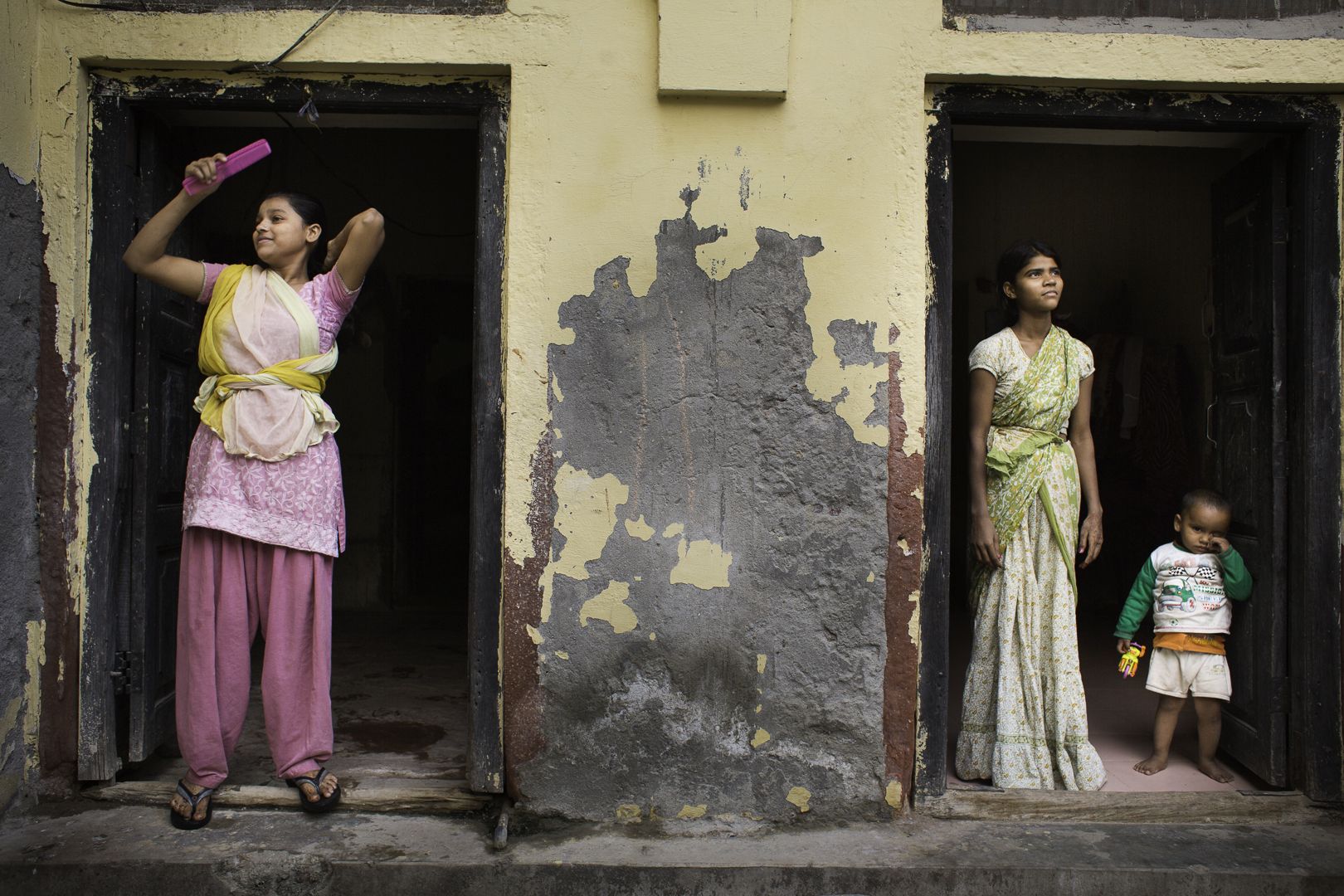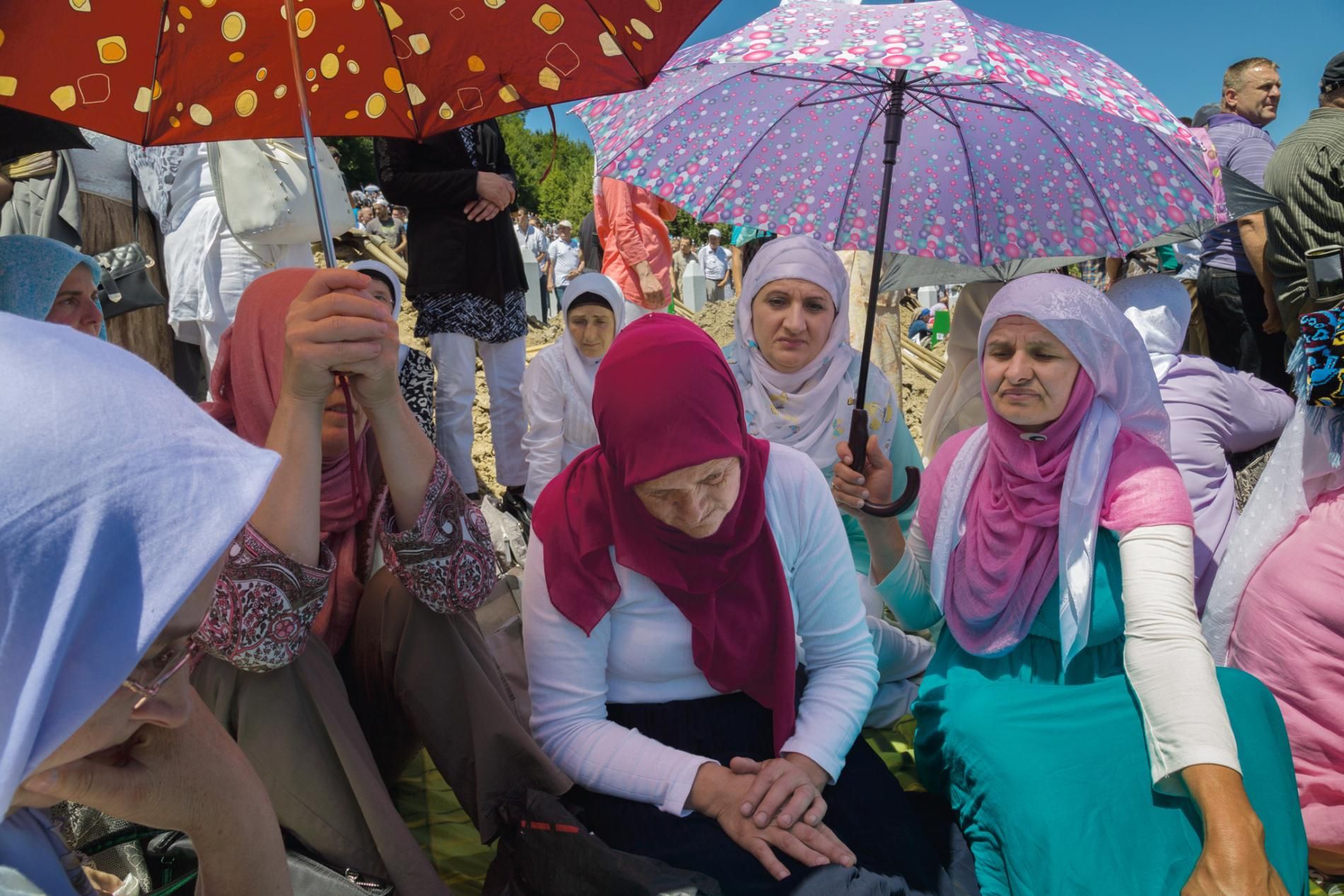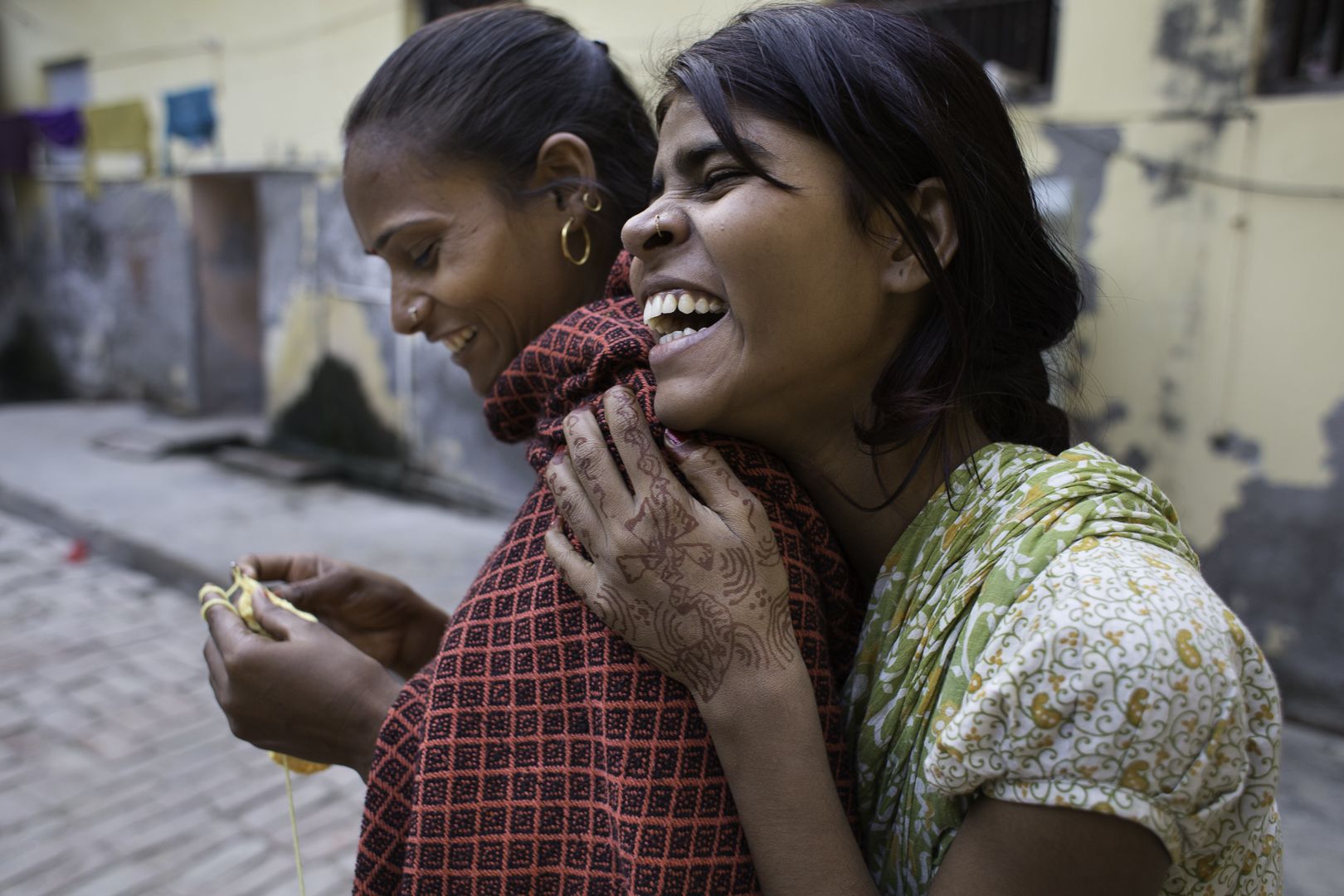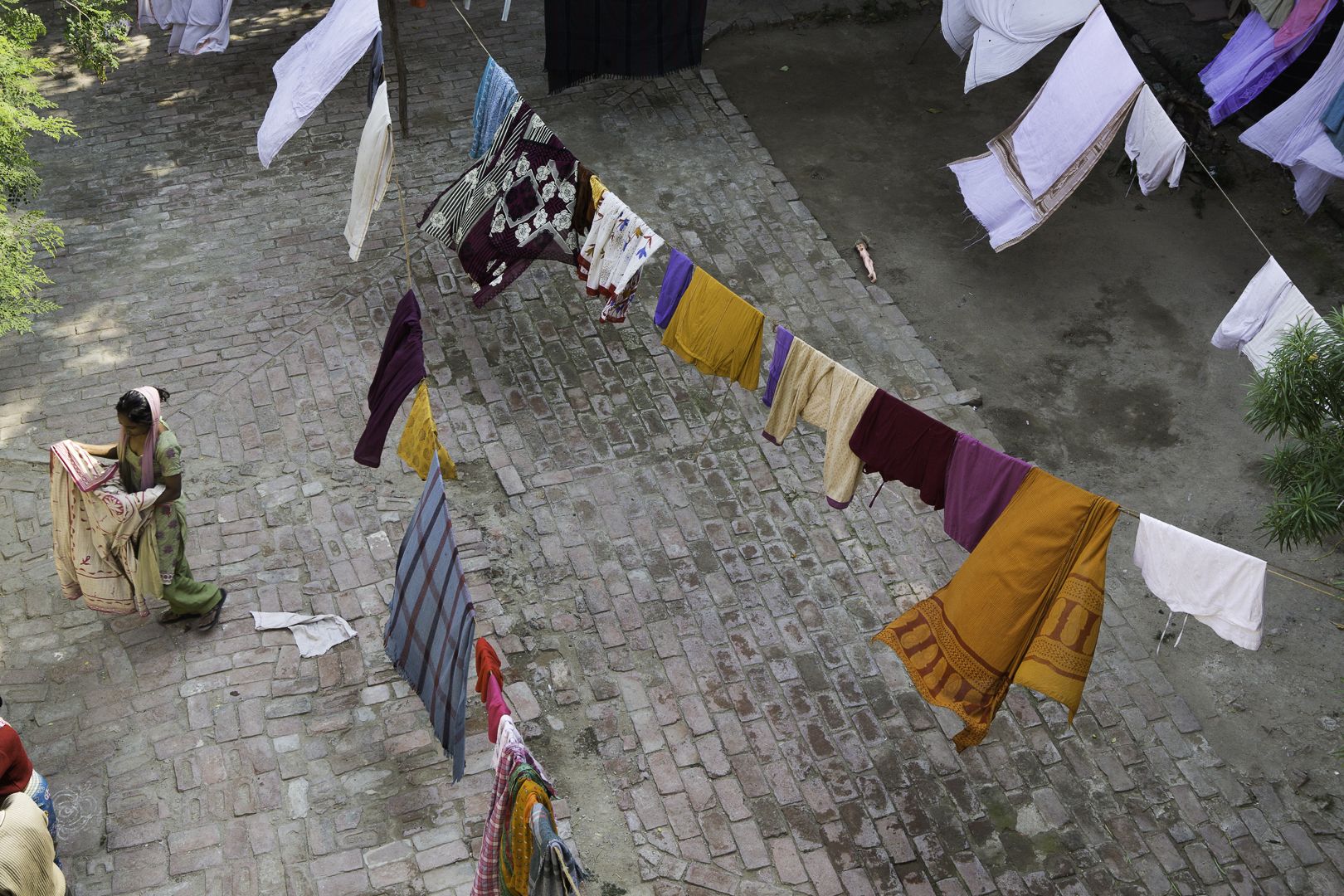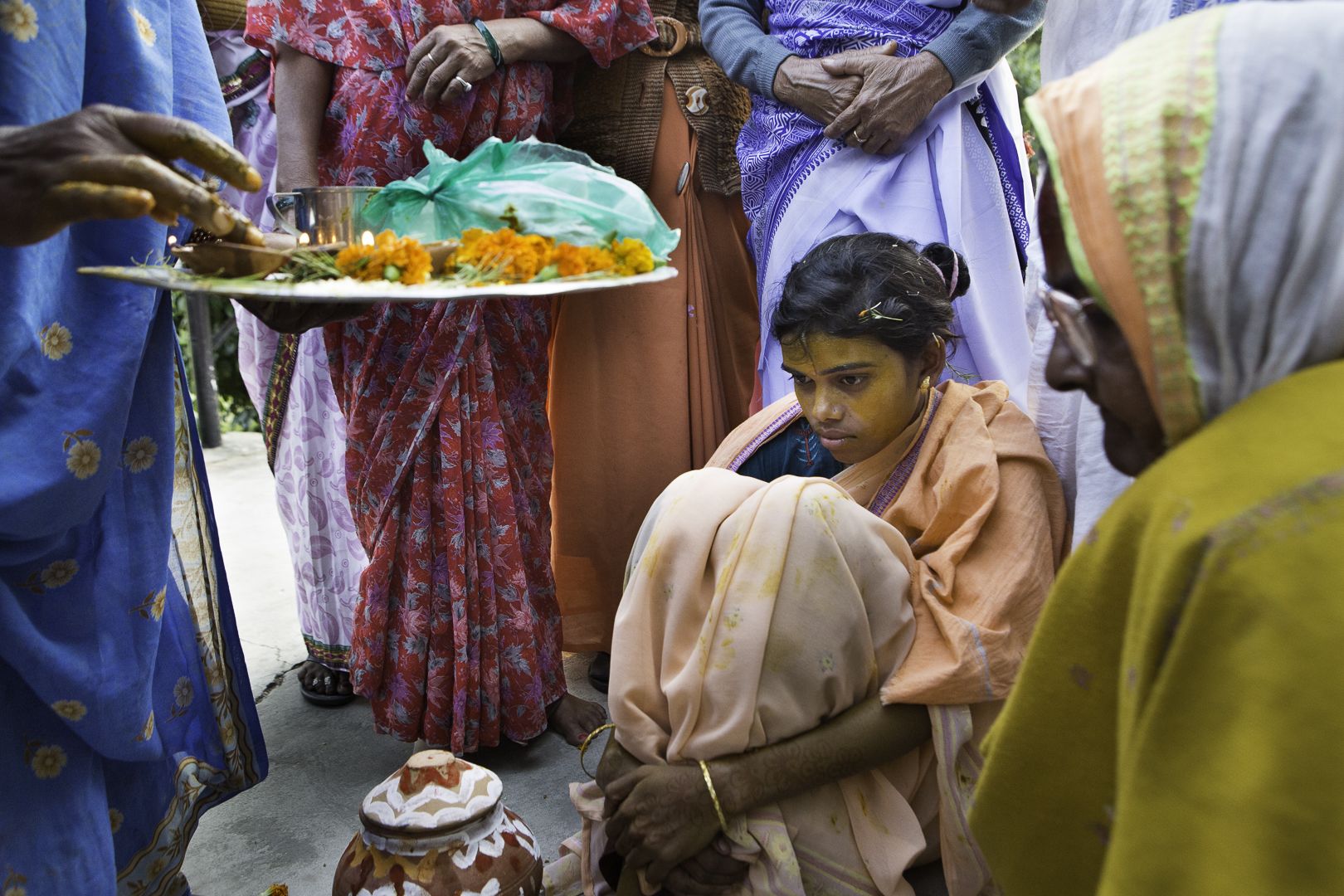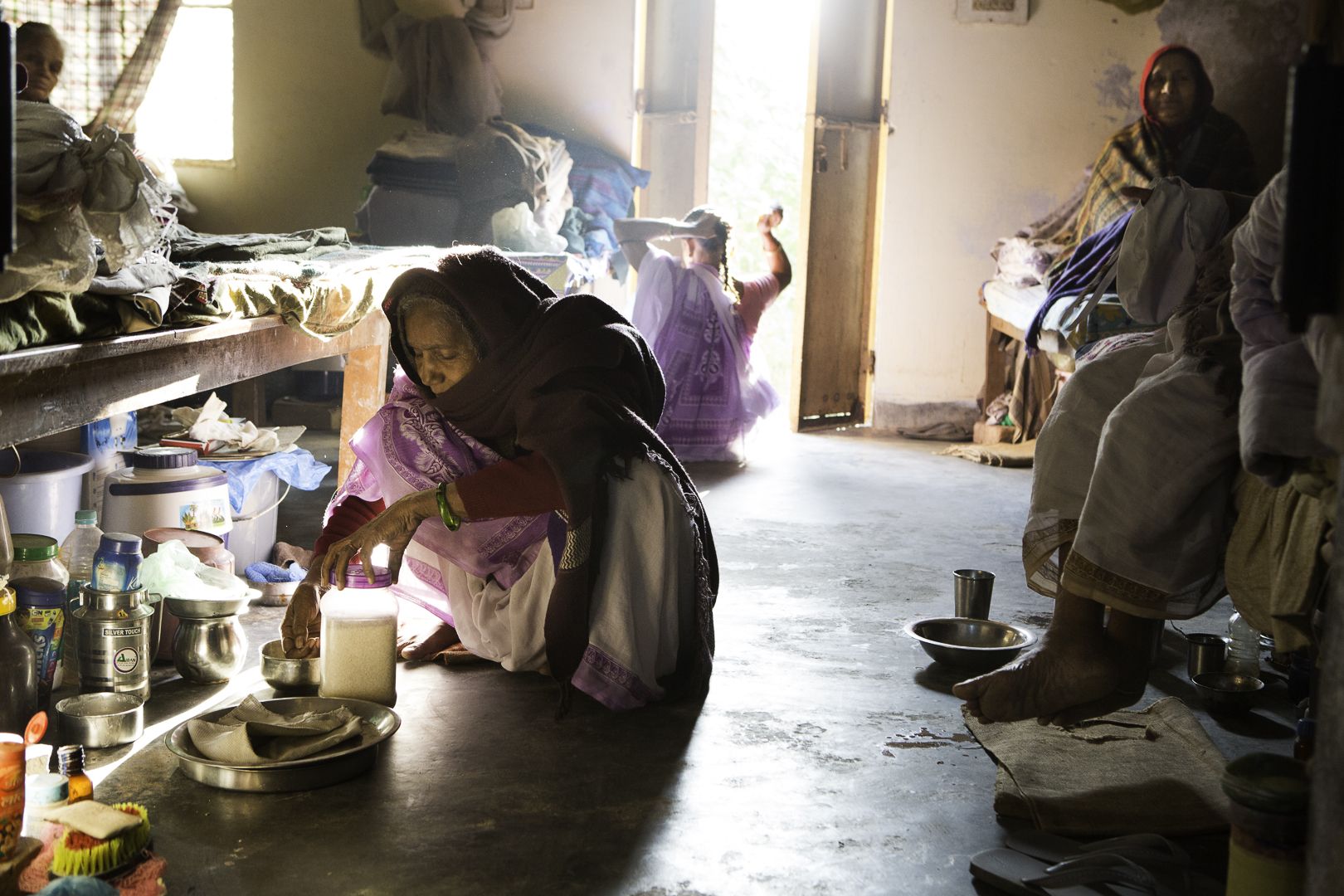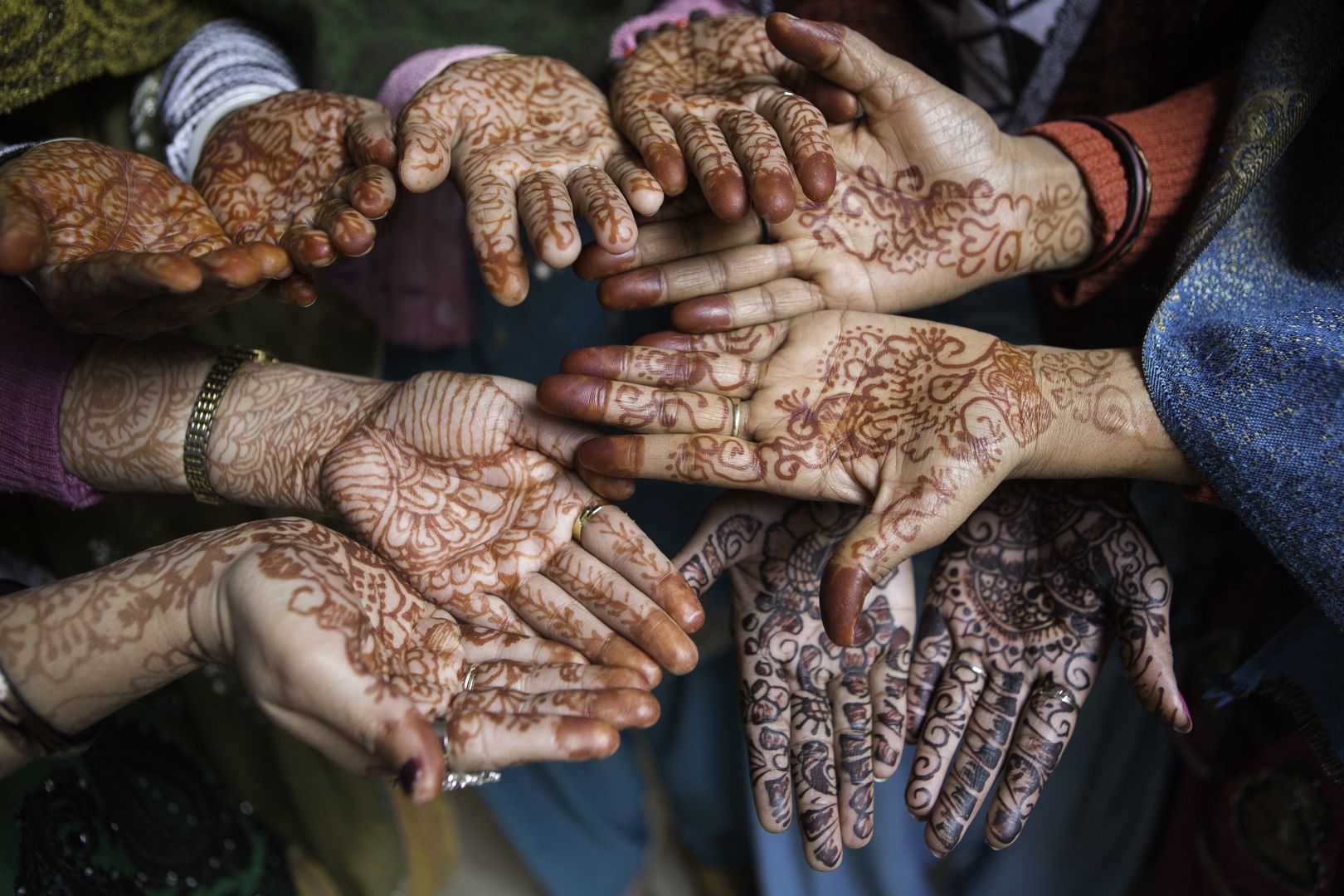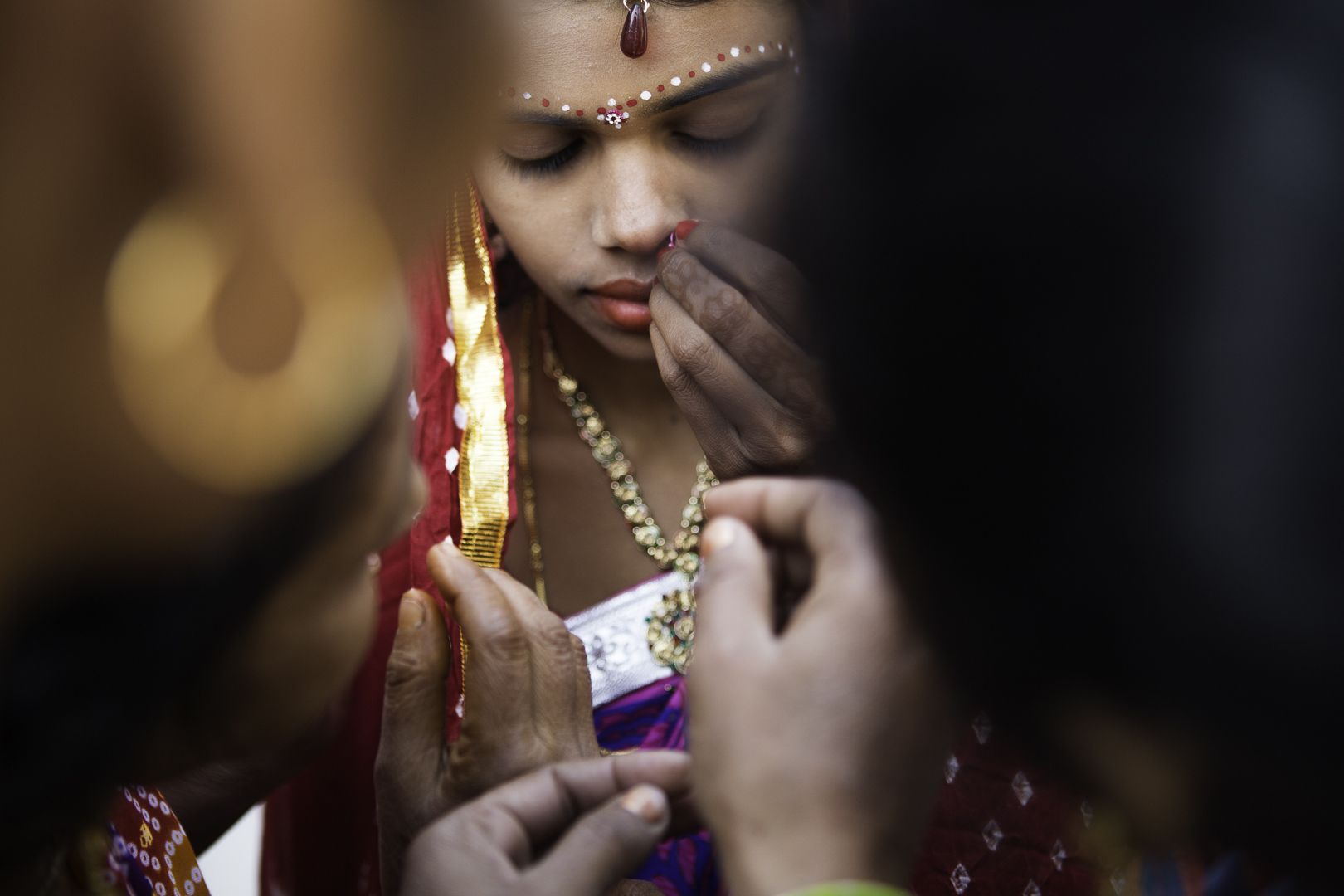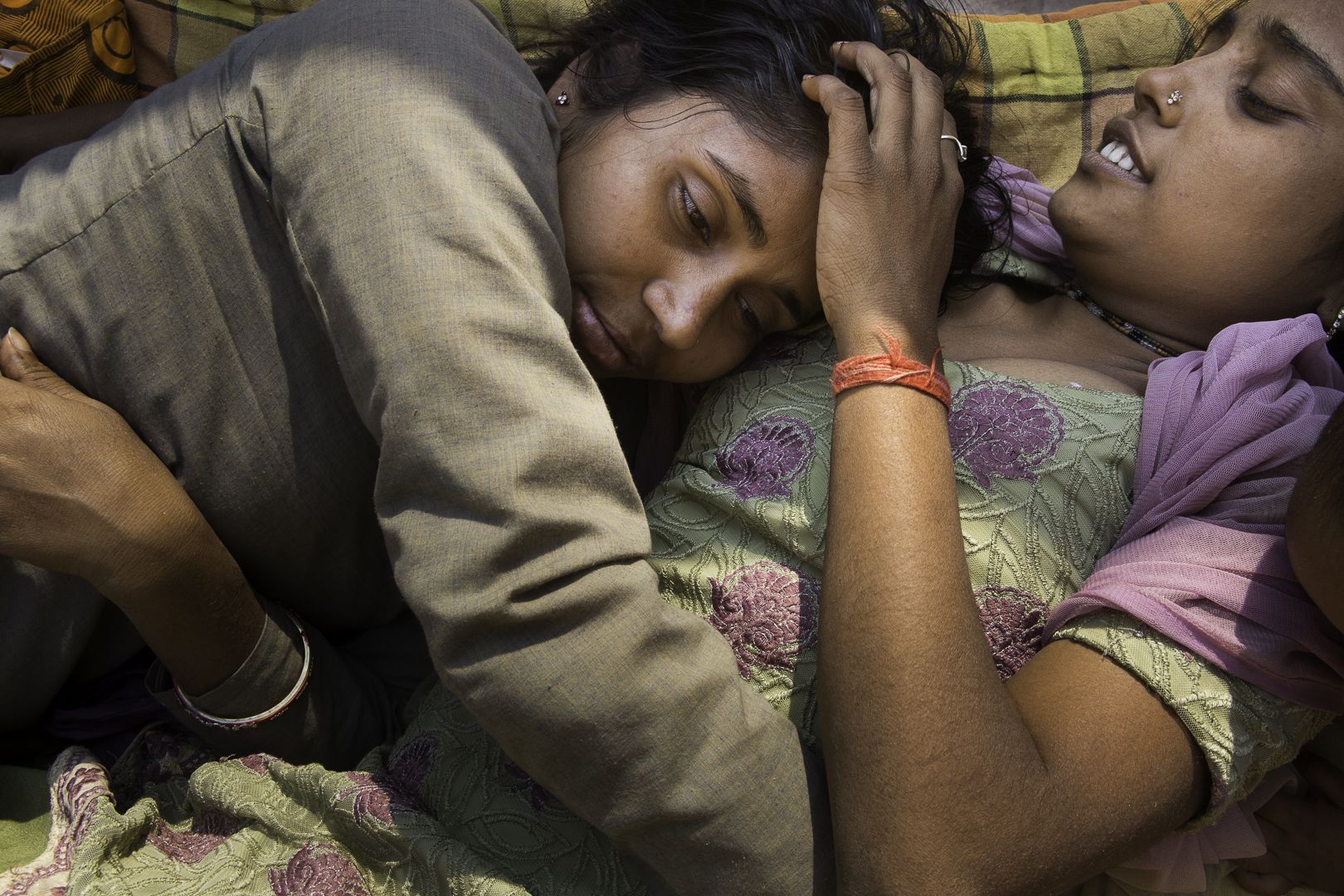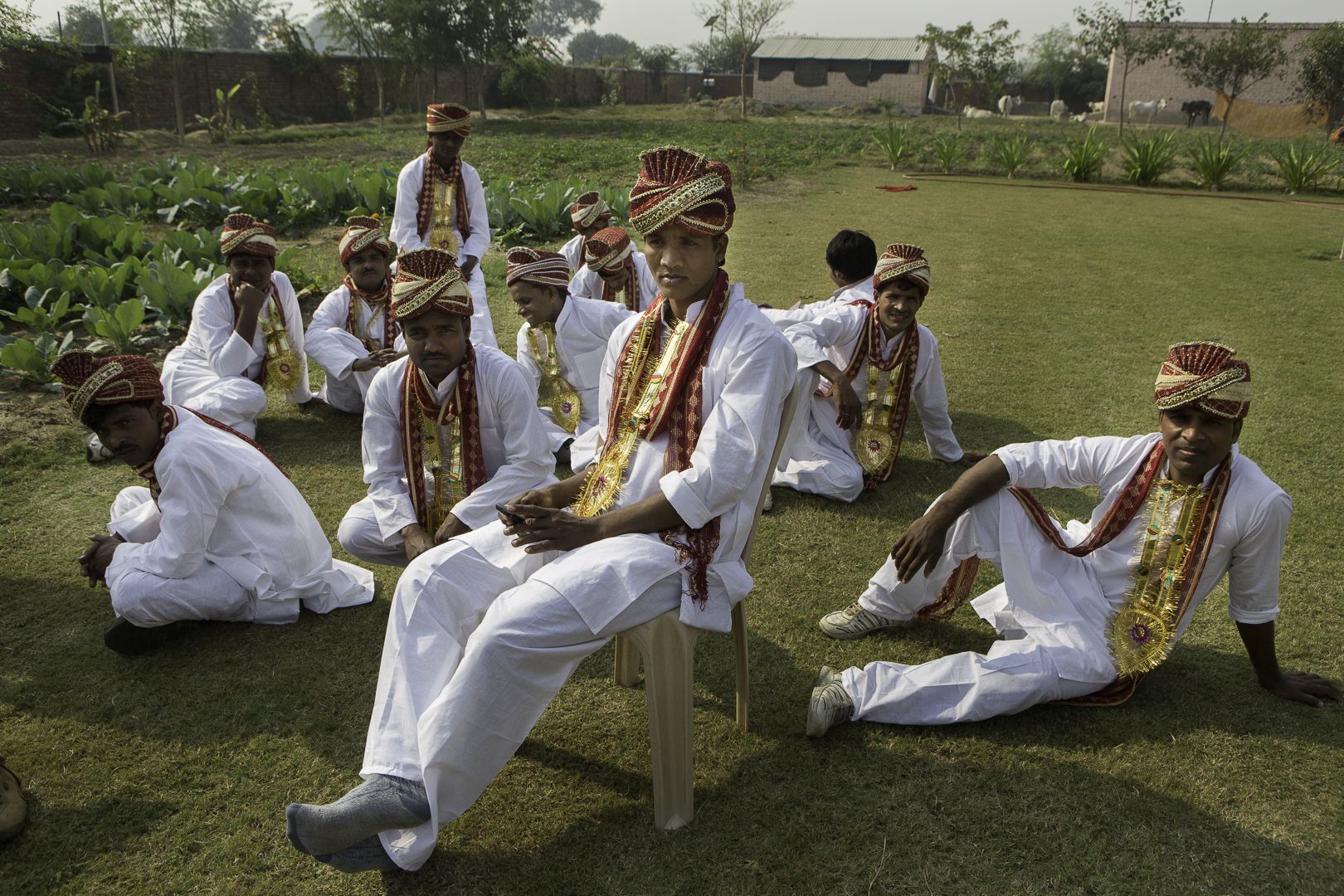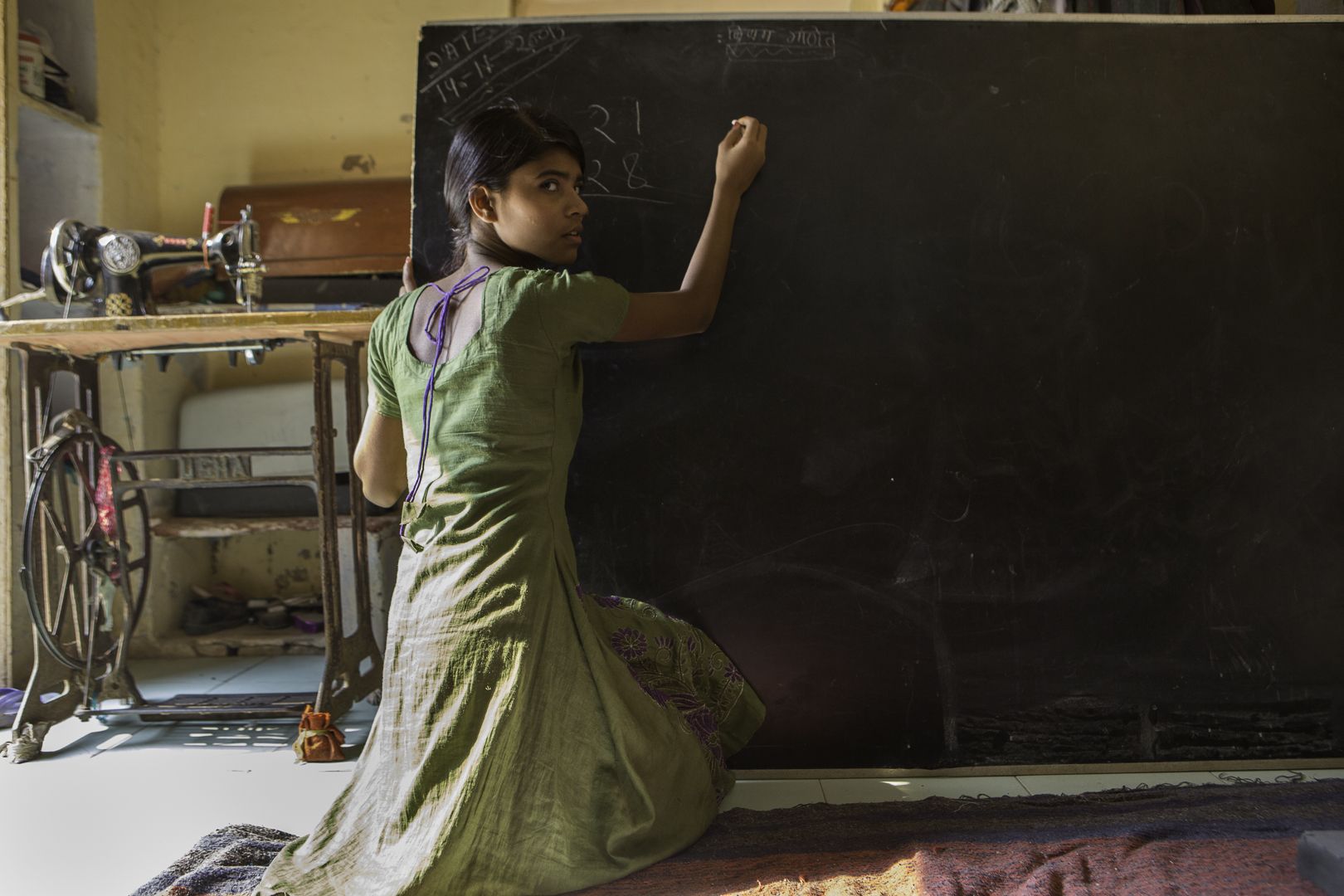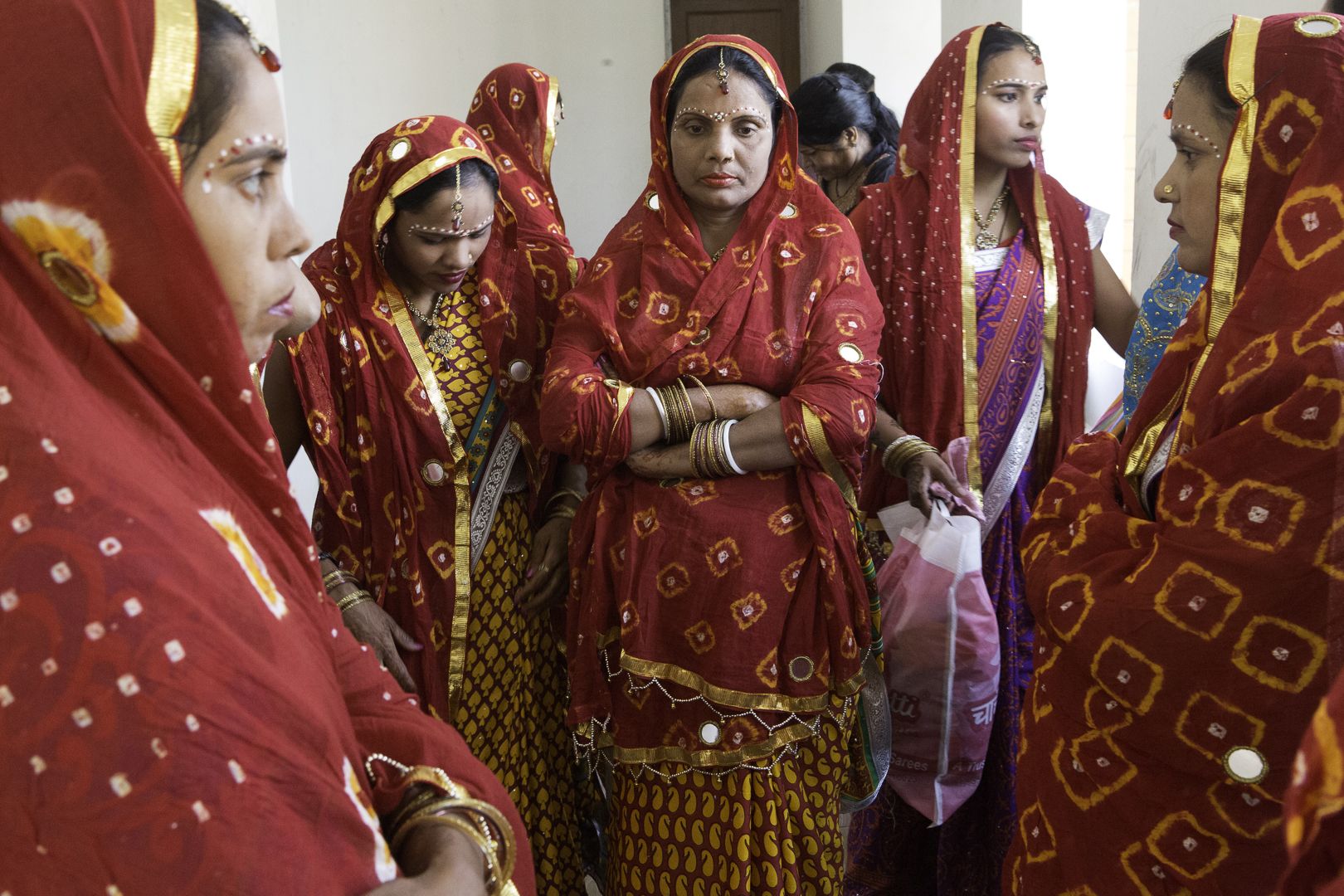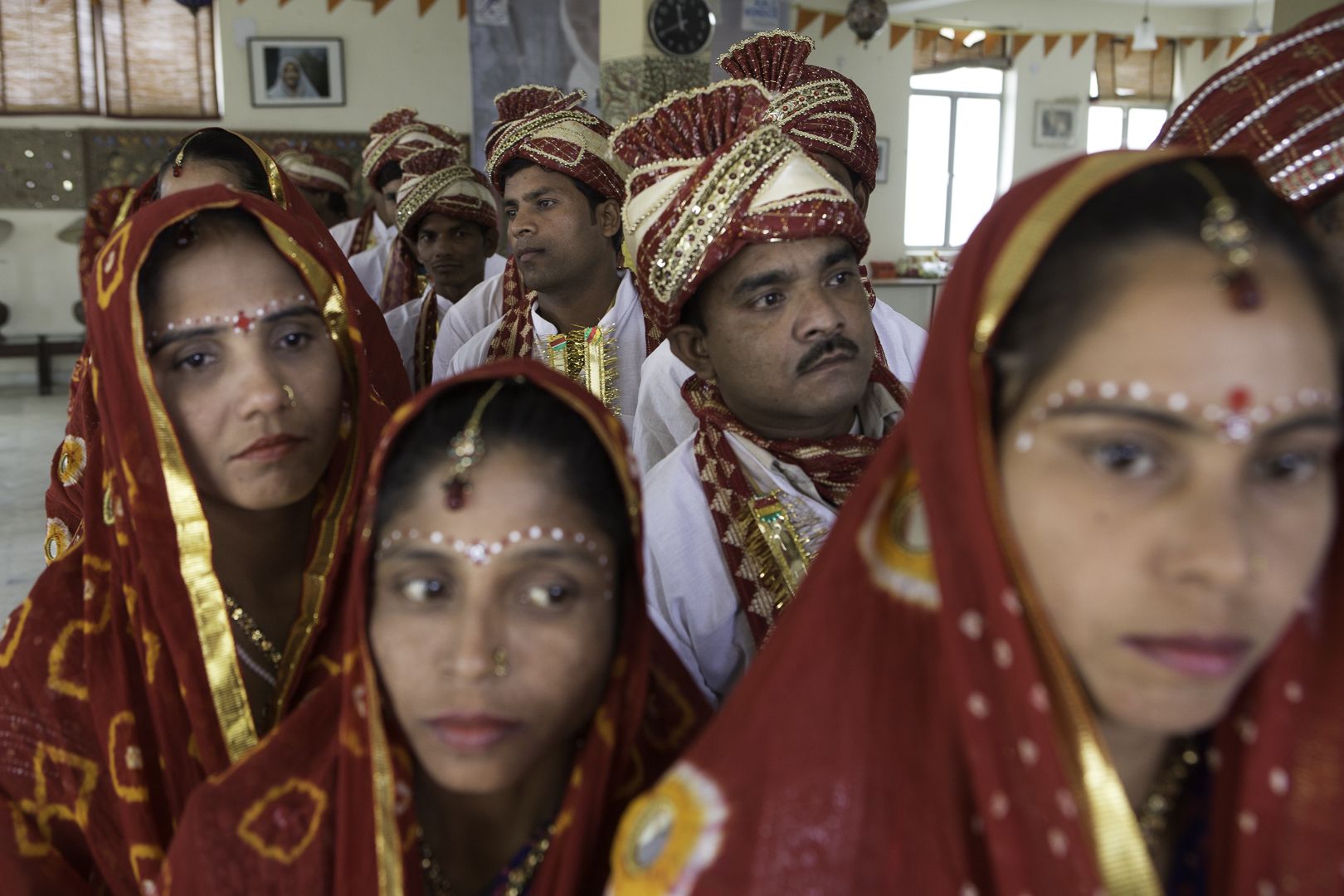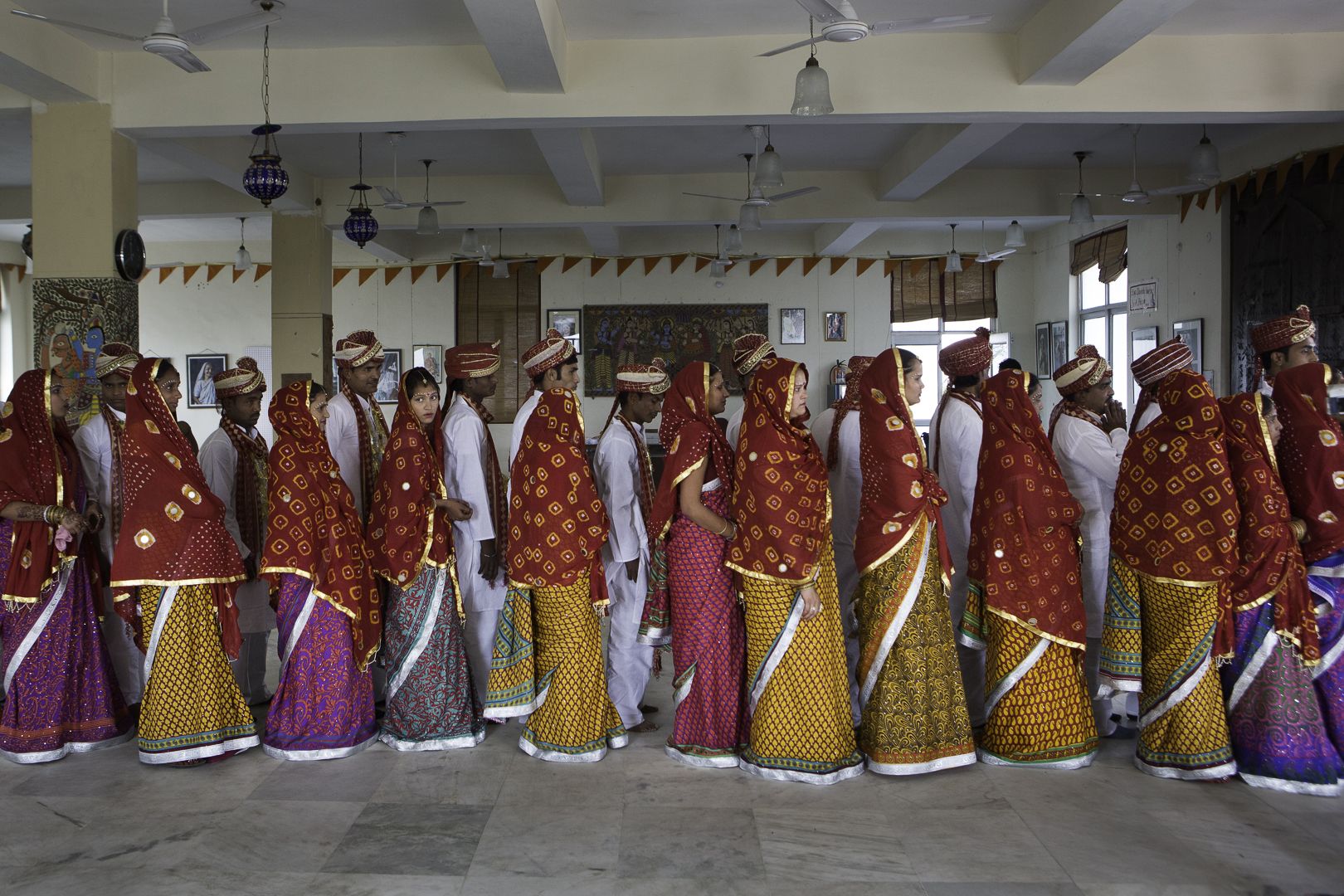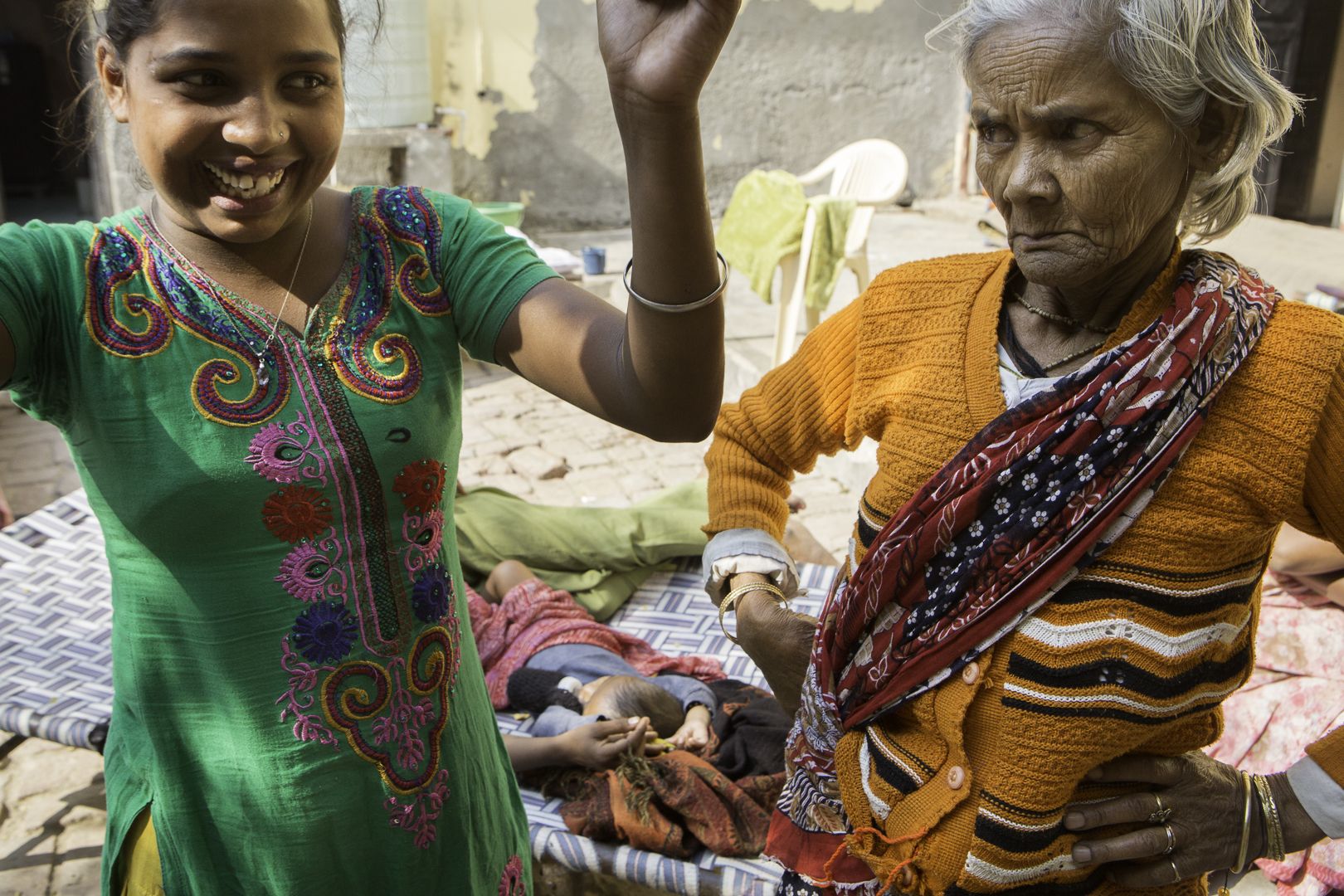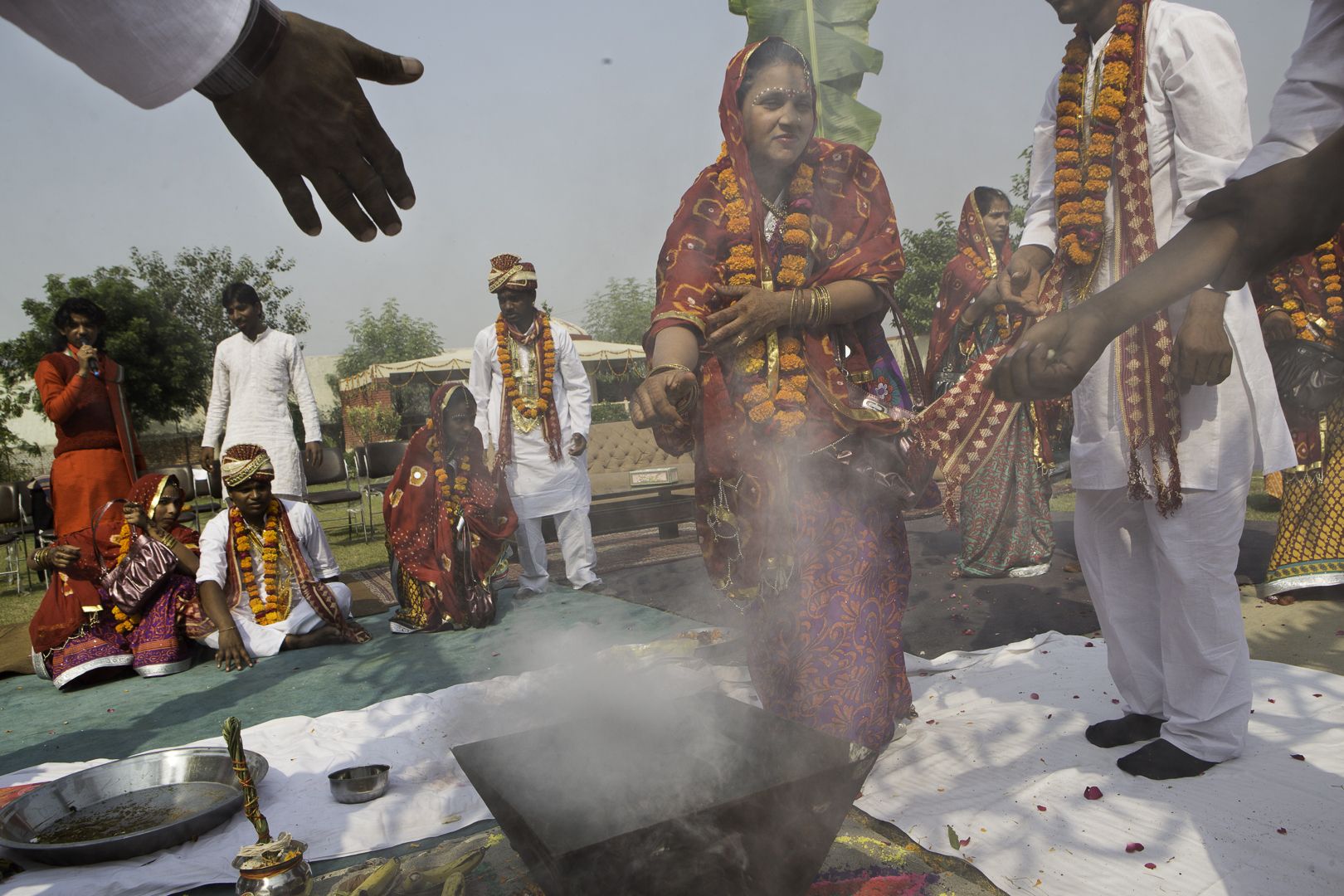Introducing the Lesson:
1. Look at the picture provided by your teacher.
a. What do you think is going on in the image?
b. Where do you think it was taken?
c. What stands out to you or what do you notice?
2. Make up a caption that you think explains the picture.
3. Share the caption with the class and explain how you developed the caption based on the questions above.
4. After everyone has shared their captions, read the actual captions from the article “For Widows, Life After Loss.”
5. Now that you know the actual caption, does that change your perception of the picture from when you initially viewed it? Discuss as a class.
Reading and Personal Response:
1. Read “For Widows, Life After Loss.” Make sure to view all the images and video in the "Resources" section.
2. As you read and view, make sure to take notes about your initial impressions and the following questions.
a. What is the story about?
b. What places are included?
c. Why focus on widows in these areas?
Discussion:
1. Divide into three groups (India, Uganda, and Bosnia and Herzegovina). As a group, answer the following questions for your assigned area,
a. Historically what has been the status of widows? (What happens to a women when her husband dies?)
b. What legal factors and policies impact the treatment of these women?
c. What cultural factors impact the treatment of these women?
d. What roles do family members play in the lives of widows (including siblings, in-laws, children, stepchildren, etc.)
e. What efforts are being made to achieve economic and/or social justice for widows?
i. Who is leading these efforts?
ii. What are they doing?
iii. Has it impacted widows and if so, how?
2. Present your findings to the class along with the group members' initial impressions.
3. Compare and contrast the stories presented in the piece. Discuss similarities and differences.
4. Looking at the "Widows and the Law" map, why are women who lose their husbands treated differently than men who lose their wives in so many countries?
a. What role does gender play in inheritance laws?
b. Why does gender impact legal rights?
c. Why do social and religious views about gender impact legal rights?
d. How do you address larger cultural issues that might impact a widow's ability to inherit or remain a member of a community?
CCSS.ELA-Literacy.CCRA.R.1
Read closely to determine what the text says explicitly and to make logical inferences from it; cite specific textual evidence when writing or speaking to support conclusions drawn from the text.
CCSS.ELA-Literacy.CCRA.R.2
Determine central ideas or themes of a text and analyze their development; summarize the key supporting details and ideas.
CCSS.ELA-Literacy.CCRA.R.7
Integrate and evaluate content presented in diverse media and formats, including visually and quantitatively, as well as in words.
Introduction: You can copy pictures from the article online without the captions. Make sure you copy the captions too or view them online with the class. Students can work alone or in groups.
Reading: A full copy of the article including images and video is available here.


